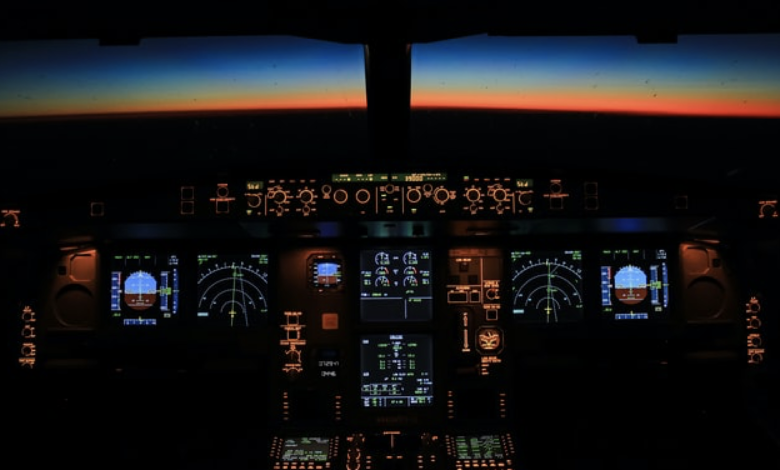
The hardware that gets us off the ground has changed a lot since the Wright Brothers and their first flight, but there has always been a human element in the aviation industry. From the pilots and flight attendants in the air to the engineers and mechanics on the ground and the air traffic controllers in the tower, everything except the air currents themselves are in human hands.
This has been more than sufficient. But as air traffic continues to increase — especially in the wake of the pandemic — we need some new tools to pick up the slack. How is artificial intelligence (AI) impacting the aviation industry?
AI in Ground Handling
Ground handling is often one of the biggest challenges when it comes to keeping an airport on schedule. One team missing their ground handling window can create a cascade effect that leaves everyone sitting on the tarmac for extended periods, plus feed into delays at other airports as well.
In this situation, AI can help predict ground handling times, plan ideal schedules, and prevent teams from stepping on each other’s toes as they try to go about their day.
It can also be an incredible tool for improving communication to make the entire ground handling process move smoothly and more efficiently. The more information these AI systems have to work with, the more accurate their predictions become.
Assisting With Airport Security
While safety and security have always been important in the aviation industry, in the last two decades since the tragic events of September 11th, 2001, airport security has been honed to an exacting science. As with most things, though, there is always room for improvement. AI has become a valuable tool in aviation security training, especially as computing power has exponentially increased.
An AI system can observe and analyze any and all systems that might be vulnerable to attack and determine whether there are any risk factors that a human security analyst may have overlooked. These AI systems can process many times the information that a human analyst could manage in their lifetime, creating accurate real-time projections of security risks on and off the ground.
With a bit of programming and historical data, they can even create projections for topics like the efficiency of fire extinguishers in a closed cabin environment without ever having to take an aircraft offline for testing.
The Rise of Virtual Assistants
Virtual assistants are popping up in nearly every industry, with a variety of different applications depending on the needs of the user.
For the aviation industry, AI assistants are beginning to emerge as tools for both aircraft crew and passengers traveling to their destinations. Garmin has begun creating AI-powered aircraft audio panels that can provide the pilot with information about wind forecasts, weather, and more while also handling repetitive tasks like changing radio channels.
On the passenger side of things, AI assistants and chatbots are quickly becoming one of the most valuable tools in the industry. Instead of using their customer service teams to field repetitive or common questions, virtual assistants can help people find flight numbers and times, book and plan trips, and handle all sorts of different mundane tasks, freeing up the customer service team to handle more complex problems.
AI-powered chatbots can reduce operational costs by up to 30%, and experts predict that by the end of 2021, upwards of 85% of customer interactions will be handled by chatbots without any human interaction.
Aircraft Health Monitoring
The internet of things (IoT) is working to connect everything from phones to home appliances. But these networked sensors can also be valuable tools for monitoring the health of an aircraft.
These aircraft are already packed with sensors that monitor everything from temperature and fluid pressure to the amount of noise each component makes. Adding AI to the mix and networking the sensors just takes these information-gathering tools to the next level.
Instead of responding blindly to alerts when an aircraft touches down, airline mechanics will have a health readout for the plane on hand before it ever touches the ground. This, in turn, can improve ground handling times and prevent delays that can cascade throughout the airport system.
The Future of AI in the Aviation Industry
Applying artificial intelligence to the aviation industry is something that is just beginning to take off. This technology is in its infancy, relatively speaking. But as its adoption becomes more widespread, we will likely see more potential applications emerge. We’re a long way off from Hal Jordan or Tony Stark’s suggestion of “removing the pilot entirely,” and there will always be situations where the skills and instincts of a human pilot will be superior to the programming of an AI system. But the potential is there.
Artificial intelligence will continue to change and shape the aviation industry for many decades to come. What we’re seeing right now is the beginning, and we’re excited to see where it might end.





